Ostriches are large, flightless birds with long legs, long necks, and light airy feathers. They are simply massive birds, both in height and in weight. To make up for their inability to fly, ostriches are capable of running and kicking with their powerful legs. Read on to learn about the ostrich.
Description of the Ostrich
Ostriches are very tall birds with long legs, long necks, small heads, and large bodies. Male ostriches have black feathers with white-capped wings and tails. Female ostriches have uniformly brown feathers.
Ostrich feathers are light and lacy. They have no need to be rigid, like you would see in “normal” feathers, because they don’t need to sustain flight. These birds have very large feet equipped with hefty talons for kicking. Unlike the rest of their body, ostriches have comparatively small heads and beaks, but large eyes.
Interesting Facts About the Ostrich
When it comes to records, these birds take quite a few! They sport a number of impressive traits that help them survive in the harsh savannas of Africa.
- Tallest of the Tall – Ostriches are the largest birds alive today. From their large toes to the top of their surprisingly small head, ostriches can measure in at 9 ft. tall! This easily towers above any other bird species. The stand well over the second tallest bird, the emu.
- Heavyweight Champion – Not only are ostriches the tallest birds alive today, but they are the heaviest as well. These massive creatures tip the scales at over 250 lbs. on average. The heaviest males can weigh a whopping 346 lbs. or more!
- Speed Racer – But wait, there’s more! Not only are they the tallest, and the heaviest, they are also the fastest birds – running, that is. On land, ostriches can run faster speeds than any other bird species. These creatures clock in at top speeds of 43 mph or more. Using their long legs, a single stride can take them over 16 ft. away from a predator.
- Do They Bury Their Heads? – Now, to dispel a popular myth about ostriches. They do not bury their heads in the sand! When these birds are frightened they use all the above traits to escape and defend themselves from predators. No ostrich has ever been recorded burying its head in the sand. From a distance, ostriches eating food from the ground might look like they have buried their head, because it is so small.
Habitat of the Ostrich
These birds live in savannas, semi-arid climates, deserts, and semi-deserts across Africa. Ostriches avoid forested areas. They use their keen eyesight to spot predators from a distance, and run away before they can be caught. Areas with dense vegetation can obstruct escape routes for running birds.
Distribution of the Ostrich
Because they are restricted to areas with open grassland or savanna, these birds are found in pockets across the African continent. They are not present in the forested areas close to the equator, but can be found north of this habitat in Sub-Saharan open habitat. They are also found in southern areas of Africa, commonly in semi-desert and true desert ecosystems.
Diet of the Ostrich
Ostriches are primarily herbivores, but will occasionally eat insects as well. They feed on seeds, flowers, grasses, and fruits most frequently. When they feed on insects the most common prey is locusts, particularly during swarms. To aid in digestion, like many other birds they will swallow sand and small stones. This creates an effective grinding system in the birds’ gizzards.
Ostrich and Human Interaction
Ostriches have been hunted for decades, both for meat, skin, and feathers. Their feathers have been used for decorating hats and other fashion items, and their skin is made into leather. The eggs of the birds are also used in a number of different ways.
Ostriches are also used in racing – this practice is actually common in Africa (though unusual elsewhere). These birds were hunted to near extinction in the 18th century, but made a comeback in the 19th century with the introduction of ostrich farming.
Domestication
Ostriches have been semi-domesticated. They are selectively bred for easy handling and feather production, as well as for meat and leather quality. Because of this selective breeding and use, which has been occurring since the beginning of the 19th century, ostriches can be considered semi-domesticated in the least.
Does the Ostrich Make a Good Pet
For the average person, ostriches do not make good pets. They need at least 1/3 of an acre per pair of birds, and fencing must be extremely tall to prevent escapes. Because these birds are so large, they can be very dangerous to handle and manage. It is important to fully research before considering purchasing one of these birds.
Ostrich Care
Choose birds that have been selectively bred for multiple generations. These animals can be aggressive, but selective breeding is on your side if done correctly. Trios of birds require 1/2 an acre of land, and this space increases with the number of birds. They will graze, but should be supplemented with poultry feed as long as they receive at least 20% protein, 12% fiber, and other vitamins and minerals.
Behavior of the Ostrich
Most of these birds are either solitary, or remain in pairs during the winter months. When the breeding season arrives, or if serious drought occurs, they can be spotted in groups up to 100 birds. They are most active during the day, and browse for food cautiously while scanning for predators. Ostrich use their keen eyesight to spot predators from a distance, and escape using their long legs and impressive speed.
Reproduction of the Ostrich
Breeding season begins in March and April, and a single male may control a harem of females. A male uses his fluffy feathers to perform territorial and breeding displays to attract females to his harem.
After a period of courtship, the birds will breed and the females will lay their eggs in a communal nest dug by the male. Female birds incubate the eggs during the day, and the male takes over at night. After about a month the eggs will hatch, and the male will defend the chicks fiercely.
Beliefs, Superstitions, and Phobias About the Ostrich
These massive creatures have inspired different cultures of people since ancient times. In Mesopotamia and Egypt ostriches have been depicted in art and tools for 5,000 years or more. Queens have been portrayed riding these immense birds, and ostrich eggs have been used as jewelry and water storage containers. Researchers believe that these birds were an important part of many cultures for centuries.


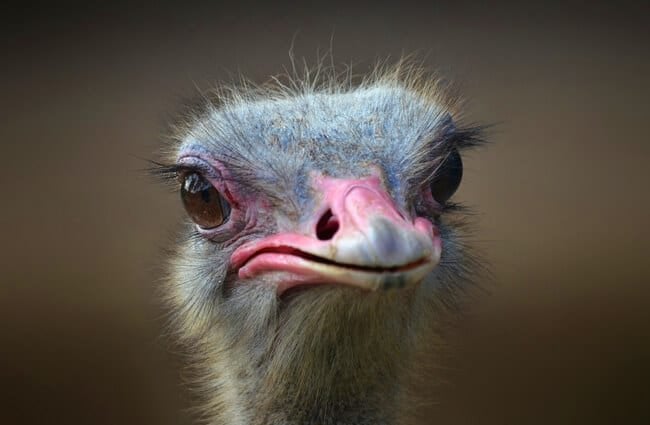
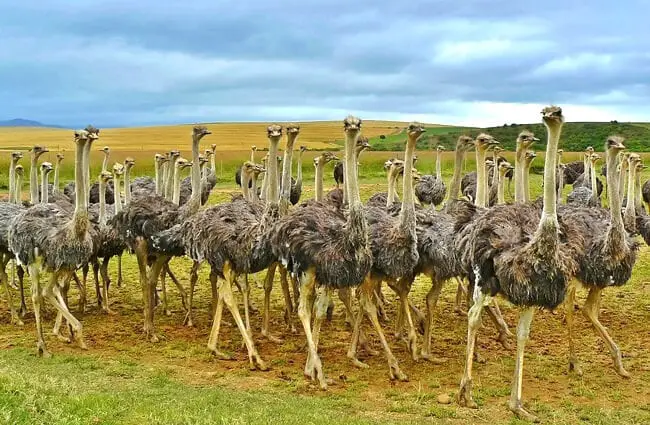
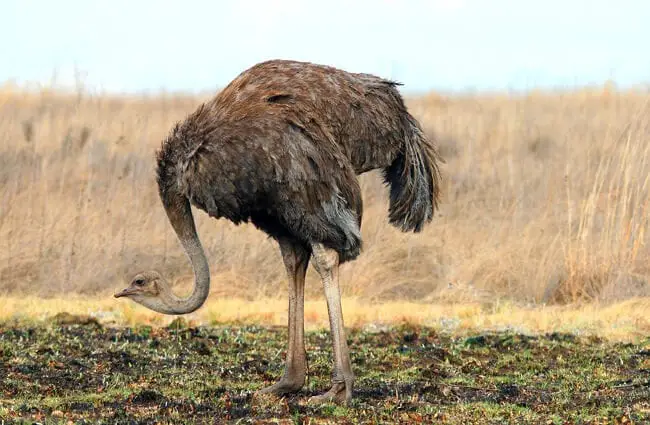
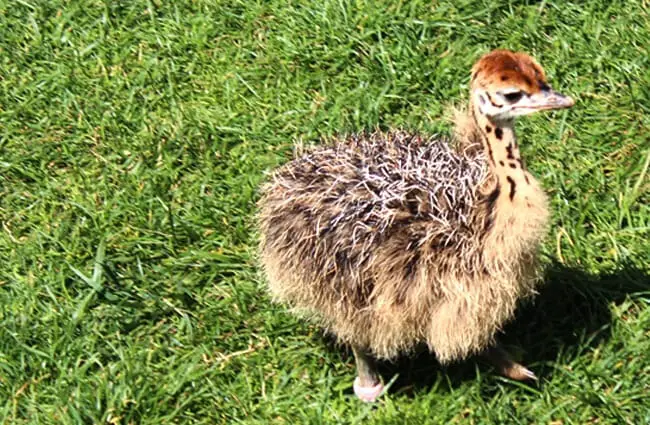

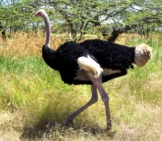

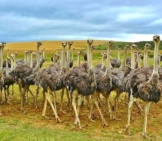
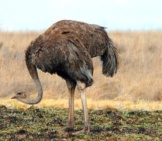


![Red Angus Closeup of a beautiful Red Angus cowPhoto by: U.S. Department of Agriculture [pubic domain]https://creativecommons.org/licenses/by/2.0/](https://animals.net/wp-content/uploads/2020/03/Red-Angus-4-238x178.jpg)
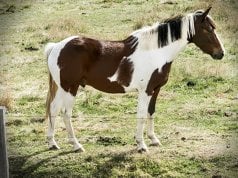











![Red Angus Closeup of a beautiful Red Angus cowPhoto by: U.S. Department of Agriculture [pubic domain]https://creativecommons.org/licenses/by/2.0/](https://animals.net/wp-content/uploads/2020/03/Red-Angus-4-100x75.jpg)

